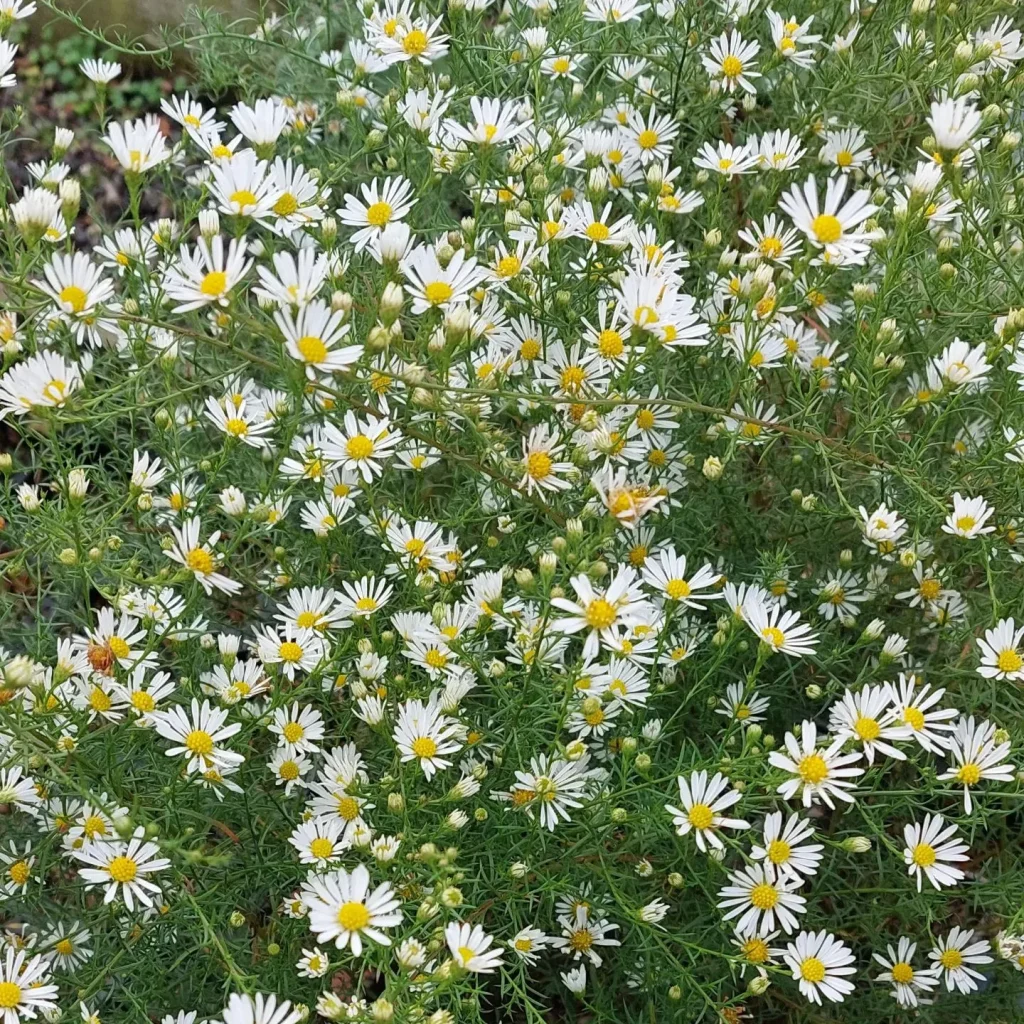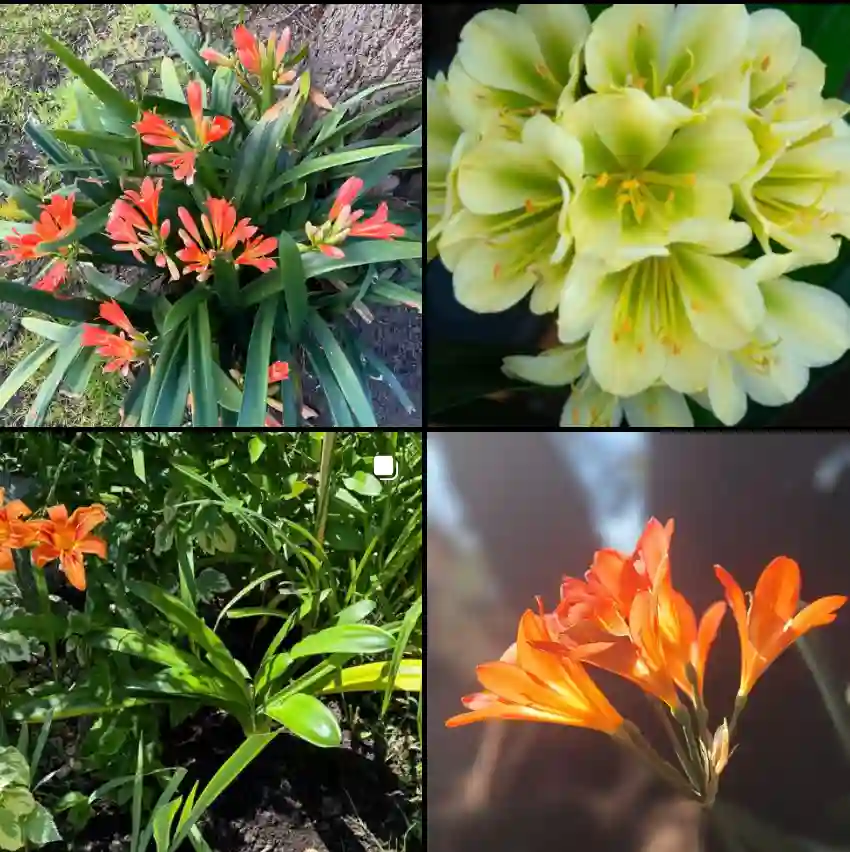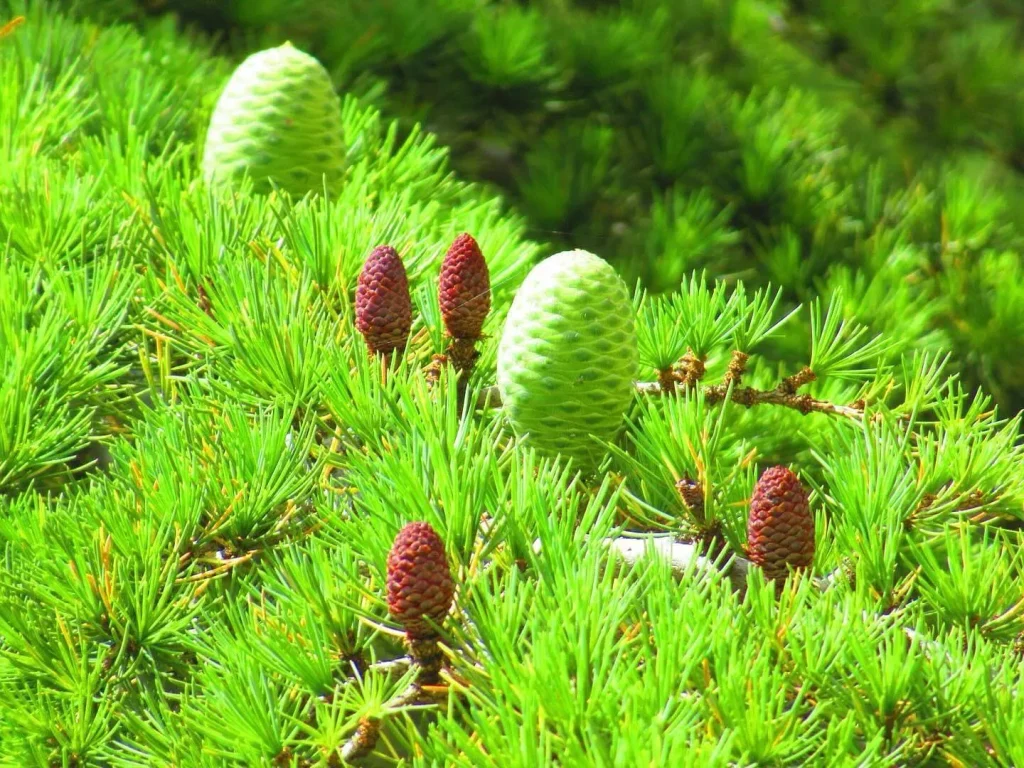Caesalpinia: A Burst of Tropical Color
My name is Ferb Vu, and I’ve always been drawn to the vibrant colors and exotic beauty of tropical flora. Among my favorites is the genus Caesalpinia, a group of flowering plants in the legume family, Fabaceae. These plants are native to tropical and subtropical regions of the Americas, and they’re known for their showy flowers and often prickly stems.
A Diverse Genus
Caesalpinia encompasses a diverse range of plants, from towering trees to sprawling shrubs. Some species are cultivated for their ornamental value, while others are used for timber, medicine, or dyes. Here are:
- Caesalpinia anacantha is a shrub or small tree native to the Caribbean, particularly found in dry coastal areas. It is recognized for its compound leaves and small, vibrant yellow flowers that bloom in clusters. The plant’s thorny branches provide it with natural protection, which suits its adaptation to arid environments. It’s also notable for attracting pollinators, adding ecological value to its native range.
- Also known as the Bahamas’ pride, Caesalpinia bahamensis is a flowering shrub native to the Bahamas and surrounding regions. This species is valued for its fine, feathery leaves and bright yellow flowers that add a splash of color to tropical landscapes. It is drought-resistant and well-adapted to sandy soils, making it popular in coastal garden settings.
- Caesalpinia barahonensis is an endemic plant species found primarily in the Dominican Republic’s Barahona region. It’s a rare, small shrub adapted to dry, rocky soils and is distinguished by its clustered yellow-orange blooms. This species is lesser-known and valued for its contribution to the unique biodiversity of the Caribbean’s dry forests.
- Commonly known as Brazilian Caesalpinia, Caesalpinia brasiliensis is native to Brazil and surrounding South American regions. This species grows as a thorny shrub or small tree, bearing clusters of bright yellow flowers and pinnate leaves. It thrives in semi-arid environments and has been used in traditional medicine, making it both ecologically and culturally significant in its native habitat.
- Caesalpinia cassioides is a lesser-known species within the Caesalpinia genus, with limited distribution in tropical regions. It features delicate, fern-like leaves and a flowering pattern that aligns with other species in its genus, producing small but vibrant yellow flowers. The plant is adapted to withstand drought and thrives in well-drained soils, contributing to its survival in diverse, sometimes harsh, environments.
- Native to the Dominican Republic, Caesalpinia domingensis is a medium-sized shrub that flourishes in arid, subtropical climates. It displays bright yellow flowers in clusters, providing a habitat for pollinators in its dry forest ecosystems. Its adaptability to rocky soils makes it an ideal plant for landscaping in regions with limited rainfall, showcasing both beauty and resilience.
- Endemic to Mona Island in Puerto Rico, Caesalpinia monensis is a shrub adapted to dry, saline coastal environments. It is well-suited to the rocky, limestone-rich soils of the island, featuring small yellow flowers and thorny branches that protect it from herbivores. This plant’s unique adaptations highlight the ecological diversity of Caribbean coastal flora.
- Found exclusively in eastern Cuba, Caesalpinia nipensis is a rare shrub that thrives in the island’s dry, mountainous regions. With its spiny branches and clusters of small, yellow-orange flowers, it stands out in the arid landscapes of the region. This species is a critical part of its native ecosystem, supporting local pollinators and adding to Cuba’s botanical diversity.
- Known commonly as the Pride of Barbados, Caesalpinia pulcherrima is a striking ornamental shrub with showy red and orange flowers, popular in tropical and subtropical gardens worldwide. Native to the Americas, it has feathery, fern-like leaves and thrives in hot, dry climates. Due to its vibrant colors and ease of care, it is widely cultivated and valued as a landscape plant. – Plant FAQs: Pride of Barbados – Caesalpinia Pulcherrima
- Caesalpinia secundiflora, commonly known as Texas Mountain Laurel, is a small, evergreen tree native to Texas and parts of Mexico. It is renowned for its fragrant, purple-blue flowers and glossy, dark green foliage. The plant is drought-tolerant and well-suited to alkaline soils, making it a favorite for xeriscaping in arid regions. Its seeds are toxic but have been used in traditional practices, adding both beauty and cultural intrigue to its characteristics.
Ornamental Value
Many Caesalpinia species are prized for their ornamental value. Their vibrant flowers, often in shades of red, yellow, and orange, add a splash of tropical color to gardens and landscapes. The delicate, fern-like foliage provides a lush backdrop for the blossoms. Whether used as a specimen plant, a hedge, or in a mixed border, Caesalpinia adds a touch of the exotic.
Beyond Beauty: Practical Uses
Caesalpinia is not just about aesthetics; it has a rich history of practical uses. As mentioned earlier, some species, like Brazilwood and Sappanwood, were essential sources of dyes. The timber of certain species is used in construction and furniture making. And in traditional medicine, various parts of Caesalpinia plants have been used to treat a range of ailments.
Conservation Concerns
While some Caesalpinia species thrive in cultivation, others face threats in their natural habitats. Deforestation and habitat loss are major concerns, particularly for species like Brazilwood, which was heavily exploited for its dye. Conservation efforts are crucial to ensure the survival of these valuable plants for future generations.
My Fascination
I find Caesalpinia to be a captivating genus. Its combination of beauty, diversity, and historical significance makes it a truly remarkable group of plants. I am always eager to learn more about these fascinating species and their role in the natural world. Whether admiring their vibrant flowers in a garden or delving into their historical uses, I am continually reminded of the wonders of the plant kingdom.
If i die, water my plants!



